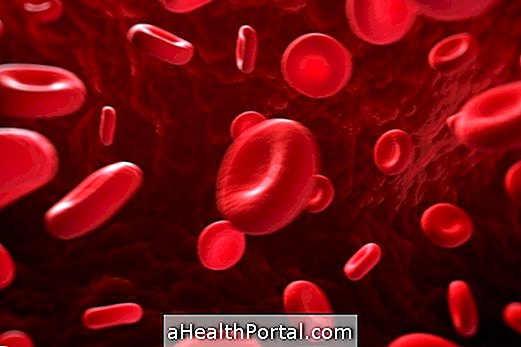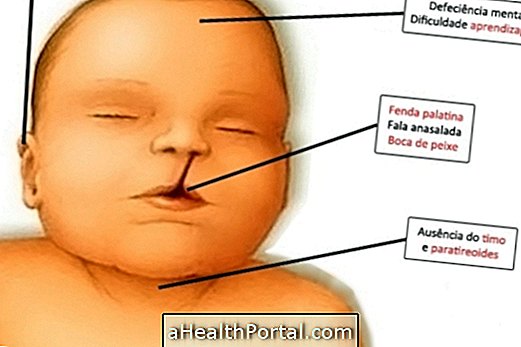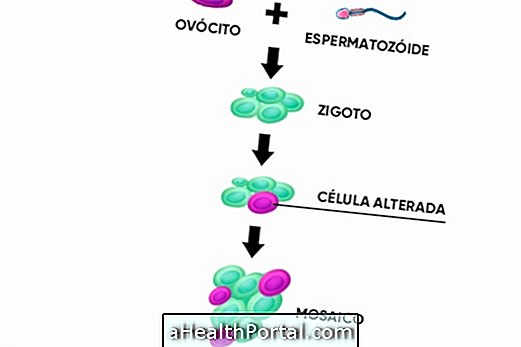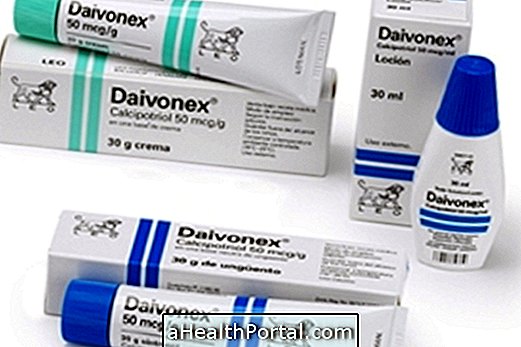Von Willebrand disease or VWD is a genetic and hereditary disease characterized by the decrease or absence of the production of von Willebrand factor (VWF), which plays an important role in the coagulation process. According to the amendment, von Willebrand's disease can be classified into three main types:
- Type 1, where there is a partial decrease of VWF production;
- Type 2, in which the factor produced is not functional;
- Type 3, where there is complete von Willebrand factor deficiency.
This factor is important to promote the adhesion of platelets to the endothelium, reducing and stopping bleeding, and is carrying coagulation factor VIII, which is important to prevent platelet degradation in plasma and is necessary for activation of factor X and continuation of the cascade to form the platelet buffer.
This disease is genetic and hereditary, that is, it can be passed between generations, however, it can also be acquired during adulthood when the person has some type of autoimmune disease or cancer, for example.
Von Willebrand's disease has no cure, but control, which must be done throughout life according to the doctor's guidance, type of disease and symptoms presented.

Main symptoms
Symptoms of von Willebrand disease depend on the type of the disease, however, the most common include:
- Frequent and prolonged nose bleeds;
- Recurrent bleeding from the gums;
- Excess bleeding after a cut;
- Blood in the stool or urine;
- Frequent bruising on various parts of the body;
- Increased menstrual flow.
Typically, these symptoms are more severe in patients with von Willebrand type 3 disease, as there is a greater deficiency of the protein that regulates coagulation.
How is the diagnosis
The diagnosis of Von Willebrand's disease is made through laboratory tests in which the presence of VWF and plasma factor VIII are verified, as well as the bleeding time test and the number of circulating platelets. It is normal for the test to be repeated 2 to 3 times for a correct diagnosis of the disease, avoiding false-negative results.
Because it is a genetic disease, genetic counseling may be recommended before or during pregnancy to verify the baby's risk of being born with the disease.
In relation to laboratory tests, low levels or absence of VWF and factor VIII and prolonged aPTT are usually identified.
How is the treatment done?
Treatment for Von Willebrand's disease is done according to the advice of the hematologist and it is usually recommended to use antifibrinolytics, which are able to control oral mucosal bleeding, nose bleeding and dental procedures.
In addition, the use of Desmopressin or Aminocaproic Acid may be indicated to regulate coagulation, in addition to the von Willebrand factor concentrate.
During treatment, it is advised that patients with Von Willebrand disease avoid risky situations such as extreme sports and the intake of aspirin and other non-steroidal anti-inflammatory drugs, such as Ibuprofen or Diclofenac, without medical advice.
Treatment in pregnancy
Women with von Willebrand disease can have a normal pregnancy without the need for medication, however, the disease can be passed on to their children, as it is a genetic disease.
In these cases, the treatment of the disease during pregnancy is done only 2 to 3 days before delivery with desmopressin, especially when the delivery is by cesarean section, being important, the use of this medication to control bleeding and preserve the life of the woman. It is also important that this medication be used up to 15 days after delivery, as factor VIII and VWF levels decrease again, with risk of postpartum haemorrhage.
However, such care is not always necessary, especially if factor VIII levels are usually at or above 40 IU / dL. Therefore it is important to have periodic contact with the hematologist or obstetrician to verify the need for medication and if there is any risk for both the woman and the baby.
Is the treatment bad for the baby?
The use of medications related to von Willebrand's disease during pregnancy does not harm the baby and is therefore a safe method. However, the baby needs to have a genetic test after birth to check whether or not he or she has the disease, and if so, to begin treatment.



















.php)

